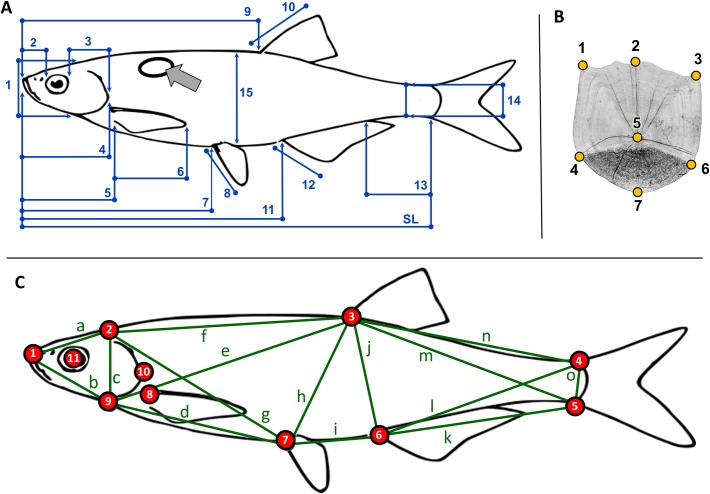Fig 1. Morphometric landmarks and distances recorded by the three measurers.
A: Distances measured when using the “traditional” (TRA) method (blue lines): 1—height of head, 2—preorbital distance, 3—postorbital distance, 4—head length, 5—prepectoral distance, 6—length of pectoral fin, 7—prepelvic distance, 8—length of pelvic fin, 9—predorsal distance, 10—length of dorsal fin, 11—preanal distance, 12—length of anal fin, 13—length of caudal peduncle, 14—minimum body depth, 15—maximum body depth, SL—standard length. The oval and arrow indicate the scale sampling area. B: codes for the seven landmarks recorded on scales (orange): 1—left cranial edge, 2—cranial end, 3—right cranial edge, 4—left caudal edge, 5—focus, 6—right caudal edge, 7—caudal peak. C: codes for the 11 landmarks recorded on the body (red): 1—tip of snout, 2 –occiput, 3—base of dorsal fin, 4—upper base of caudal fin, 5—lower base of caudal fin, 6—base of anal fin, 7—base of pelvic fin, 8—base of pectoral fin, 9—lower part of head, 10—posterior point of opercule, 11—middle point of eye. Fifteen between-landmark distances were used for truss-network (TRU) analysis, indicated by green letters and lines. Color codes corresponds with Figs 2 and 3. (For the raw datasets see S1–S4 Tables).

